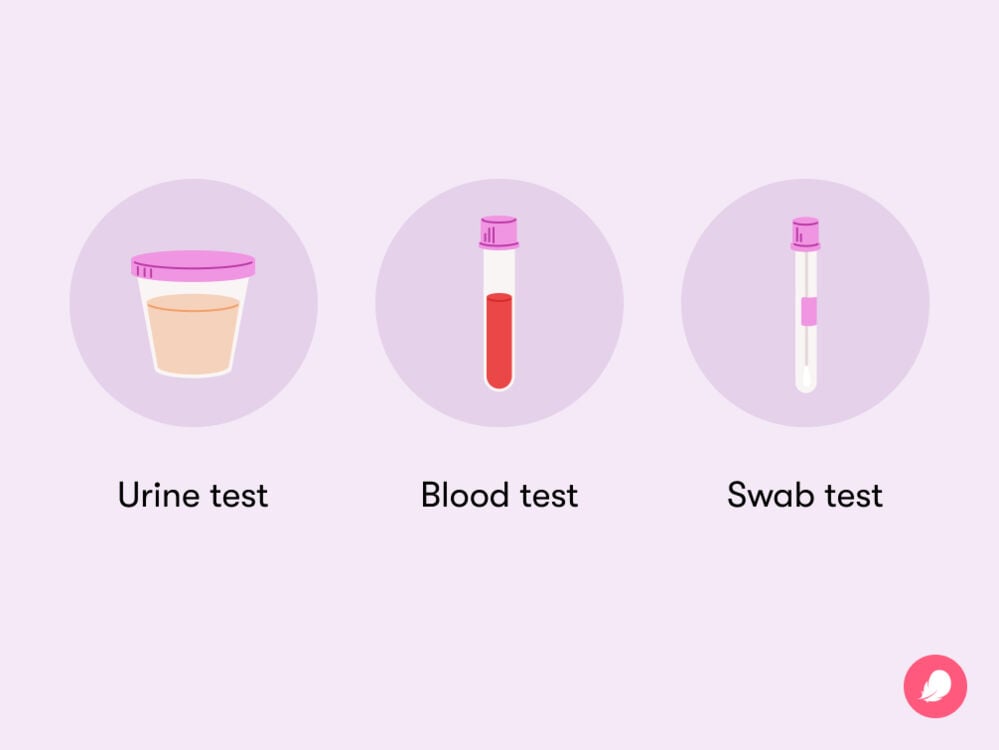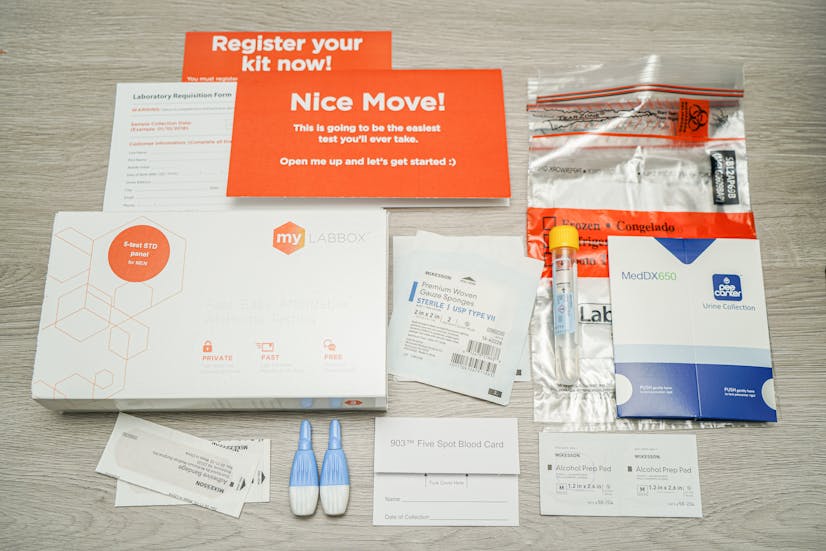Sexually transmitted diseases (STDs) are more common than many realize, yet the type and frequency of testing you need depend on your risk factors. Whether you're sexually active with one partner or several, understanding when and why to get tested is essential for your health and peace of mind.

Why STD Testing Matters
You might be carrying an STD without knowing it. Many sexually transmitted infections (STIs) are asymptomatic, meaning you can have them without experiencing any noticeable symptoms. This is why some experts prefer the term "STI" over "STD"—because an infection doesn’t always lead to disease symptoms. Regular testing is crucial to detect and treat these infections early, reducing potential health risks and protecting your partners.
Unfortunately, many people assume that routine pelvic exams or Pap smears automatically include STD testing. This is not always the case. To ensure you’re tested for specific STIs, openly discuss your concerns and testing needs with your healthcare provider.
What Tests Do You Need?
The STIs you should test for—and how often—depend on your age, sexual activity, and risk factors. Here’s an overview of recommended testing guidelines to help you make informed decisions about your sexual health:
Chlamydia and Gonorrhea
Testing for chlamydia and gonorrhea is vital, as these bacterial infections often show no symptoms. Annual screenings are recommended for:
Sexually active women under 25
Women 25 and older with new or multiple partners or other risk factors
Men who have sex with men
People with HIV
Transgender women who have sex with men
Anyone who has experienced sexual assault
Screening involves a urine test or a swab from the genital area. Early detection is critical since untreated infections can lead to complications like pelvic inflammatory disease and infertility.
HIV, Syphilis, and Hepatitis
The U.S. Preventive Services Task Force recommends that all individuals between 15 and 65 get tested for HIV at least once as part of routine healthcare. If you have higher risk factors, such as multiple partners, annual testing is advised. The Centers for Disease Control and Prevention (CDC) also recommends hepatitis B and C screening for all adults, with additional testing based on specific risks.
Risk factors for HIV, syphilis, or hepatitis include:
Symptoms of infection
A positive test for another STI
Intravenous drug use
Being in jail or prison
Being pregnant or planning a pregnancy
Having more than one sexual partner or a partner with multiple partners
Experiencing sexual assault
HIV and hepatitis testing typically involve a blood sample, while syphilis testing may use a blood sample or swab from any visible sores. Vaccines are available to protect against hepatitis A and B for those at high risk.
Genital Herpes
Testing for genital herpes is usually recommended only for people with symptoms, such as blisters or sores. However, many with herpes remain asymptomatic and unknowingly spread the virus.
Your provider may test for herpes by taking a sample from sores or blisters and analyzing it in a lab. Blood tests can sometimes detect past infections, but results can be unreliable, with the possibility of false positives or negatives.
Human Papillomavirus (HPV)
HPV is one of the most common STIs, with some strains linked to cervical cancer and others causing genital warts. Many people with HPV show no symptoms, and the virus often resolves on its own.
Testing recommendations for women include:
Pap tests every three years for women aged 25-65 to detect abnormal cervical cells.
HPV tests every five years, either alone or with a Pap test, for women in the same age range.
Men are typically not tested for HPV unless they have symptoms, like genital warts. Vaccines are available to prevent the most harmful strains of HPV and are most effective when administered between ages 9 and 26.
The Role of At-Home STD Testing
At-home STI tests are becoming increasingly popular due to their convenience and privacy. These kits allow you to collect samples—such as urine, oral swabs, or genital swabs—in the comfort of your home. Once collected, the samples are sent to a lab for analysis.
While at-home testing can be highly effective, it’s important to confirm positive results with a healthcare provider. Similarly, if you test negative but continue to experience symptoms, follow up with a medical professional to ensure accuracy and explore other possible causes.
What to Do If You Test Positive
A positive test result can be emotionally overwhelming, evoking feelings of shame, fear, or anger. It’s essential to remember that testing positive is the first step toward protecting your health and preventing the spread of infection.
Here’s what you should do:
Seek Treatment: Your healthcare provider will guide you through treatment options tailored to your condition. Many STIs, such as chlamydia and gonorrhea, are curable with antibiotics, while others, like herpes or HIV, can be managed with medication.
Inform Partners: Let your sexual partners know about your diagnosis so they can get tested and treated if necessary.
Focus on Prevention: Use condoms or other protective measures in the future to reduce the risk of reinfection or spreading the infection.
Final Thoughts
STD testing is a vital part of maintaining your sexual health and overall well-being. Whether you opt for in-office testing or at-home kits, staying informed and proactive about your risk factors can make all the difference. Remember, regular screenings are not just about detecting infections but also about fostering open communication, taking control of your health, and supporting the well-being of your partners.
When in doubt, consult a trusted healthcare provider to determine the best testing schedule for your needs. By making STD testing a routine part of your healthcare, you’re taking a powerful step toward a healthier, safer future.

